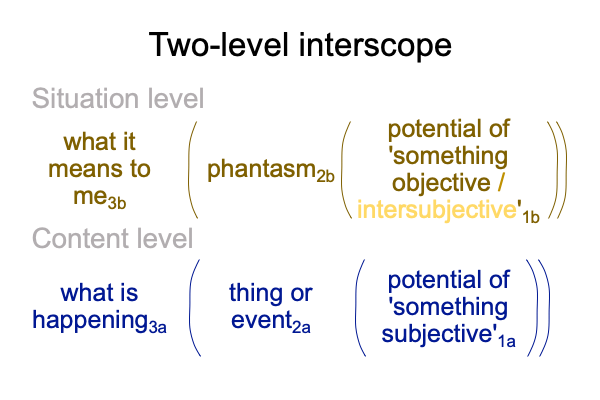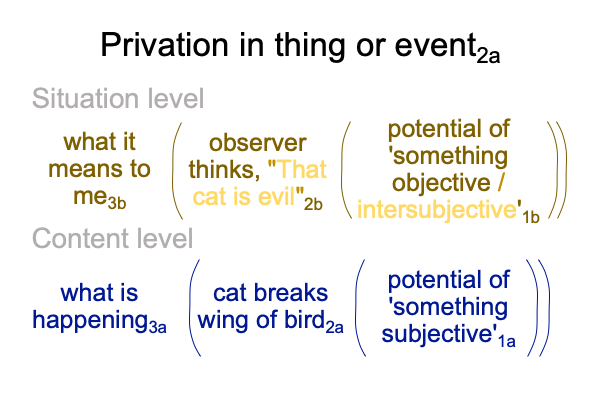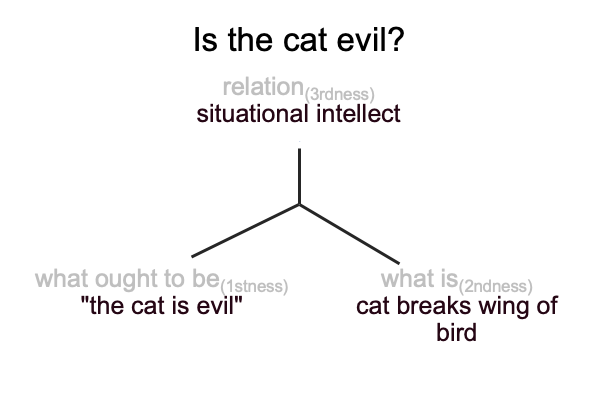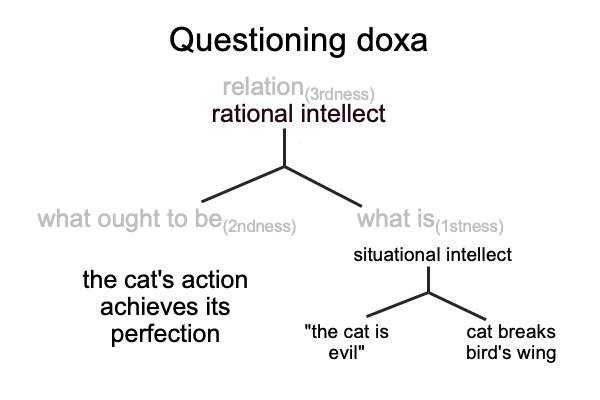Looking at Brian Kemple’s Essay (2020) “Signs and Reality” (Part 7 of 8)
0027 Comments on Brian Kemple’s Essay (2020) “Signs and Reality”, available at smashwords, includes a story of a rot consuming the Age of Ideas, the third age of understanding. Modernism is frozen in its gaze upon a thing, an innocent thing. Certain modern elites hunger to financialize and harvest such innocence. Call it what you will. The yearning goes by many names.
In time, the rot will run its course.
Modernism will fail.
However, in this theodrama, the premodern Thomism of the Latin Age, the second age of understanding, may transubstantiate into the postmodern Thomism of the Age of Triadic Relations, the fourth age of understanding. Deely predicts it. Kemple aims to manifest it. Signs are real, just like things.
0028 This is not the only fissure to appear in the scholastic mirror of the world.
Shall I elaborate?
0029 Smashwords contains an entire series of commentaries devoted to the question, “Is Aristotle’s hylomorphism an expression of Peirce’s category of secondness?“
Another series is devoted to empirio-schematics, starting with Comments on Jacques Maritain’s Book (1935) “Natural Philosophy” and Comments on Nicholas Berdyaev’s Book (1939) “Spirit and Reality”.
Several commentaries in the series, Reverberations of the Fall, expand on Aquinas’s breakthrough concept of original justice.
0030 These series are not anomalies. They are features of what happens when Thomists take seriously the very topic that they struggle to avoid.
Kemple’s advocation leads the way.




